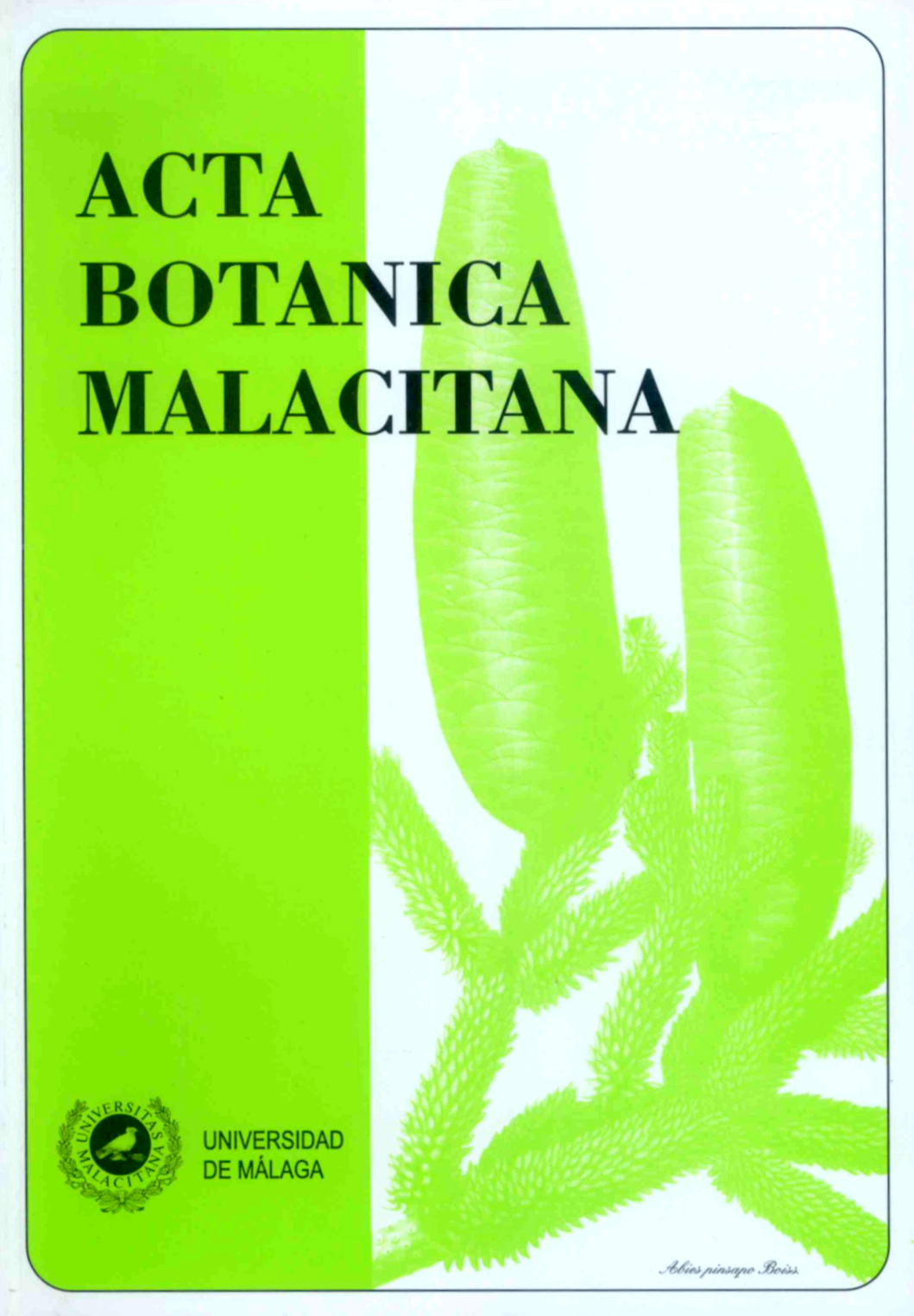Influenza di esposizione ed altitudine sulla distribuzione della vegetazione seriale nelle Alpi Orobie (Lombardia, Italia). Elevation and exposition influence on vegetation serial distribution in Orobie Alps (Lombardia, Italy)
DOI:
https://doi.org/10.24310/abm.v35i0.2868Abstract
Italiano. Il presente lavoro si occupa di indagare gli effetti che l’esposizione e l’altitudine esercitano sulle formazioni erbacee ed arbustive della Val Varrone, valle prealpina orientale del bacino imbrifero del lago di Como. Tramite cluster analysis sono stati caratterizzati 6 aggruppamenti vegetali attribuibili a 6 associazioni fitosociologiche. Gli aggruppamenti sono stati poi caratterizzati dal punto di vista ecologico, d’accordo con i parametri di Landolt. Dall’analisi dell’assolazione, tramite la formula di Bartorelli, le comunità vegetali vengono distribuite spazialmente nel territorio. L’associazione Centaureo –Arrhenatheretum è diffusa a basse quote principalmente su versanti con esposizione meridionale. L’associazione Festucetum variae, invece, è stata rilevata ad altitudini piú elevate, sempre con esposizione sud. In corrispondenza della fascia intermedia, l’associazione Homogyno alpinae-Nardetum presenta la maggior ampiezza altitudinale, le associazioni Rumicetum alpinii e Alnetum viridis prediligono fasce altitudinali meno ampie, mentre l’associazione Vaccinio-Rhododendretum ferrugineum cresce su pendii ripidi. La vegetazione seriale delle Alpi Orobie (lato orientale del lago di Como) risulta essere simile a quella dell’Alto Lario Occidentale (lato occidentale).
English. The aim of this work is to seek the influence of certain geographical factors such as elevation and exposition on herbaceous and shrub vegetation in Val Varrone, a pre-alpine eastern valley of Como Lake drainage basin. Through cluster analysis were identified 6 vegetation groups, referable to 6 phytosociological associations. They were ecologically characterized according to Landolt parameters. Insolation analysis based on Bartorelli formulae revealed that vegetation types are spatially distributed in the area. The CentaureoArrhenatheretum association occurs at the lower altitudes, mainly on slopes with southern exposure. The Festucetum variae association, however, was found at higher altitudes, always facing south. At the mid-range, the Homogyno alpinae-Nardetum association presents the widest altitude, both the Rumicetum alpinii and Alnetum viridis associations prefer altitudinal belts less extensive, and finally the Vaccinio-Rhododendretum ferrugineum association grows on steep slopes. The vegetation of serial Orobie Alps (the eastern side of Como Lake) appears to be similar to the Alto Lario (west side).
Downloads
Metrics
Downloads
Published
How to Cite
Issue
Section
License
All information related to the licensing of published works in Acta Botanica Malacitana and copyright can be found in our Editorial Policy.







1.png)
